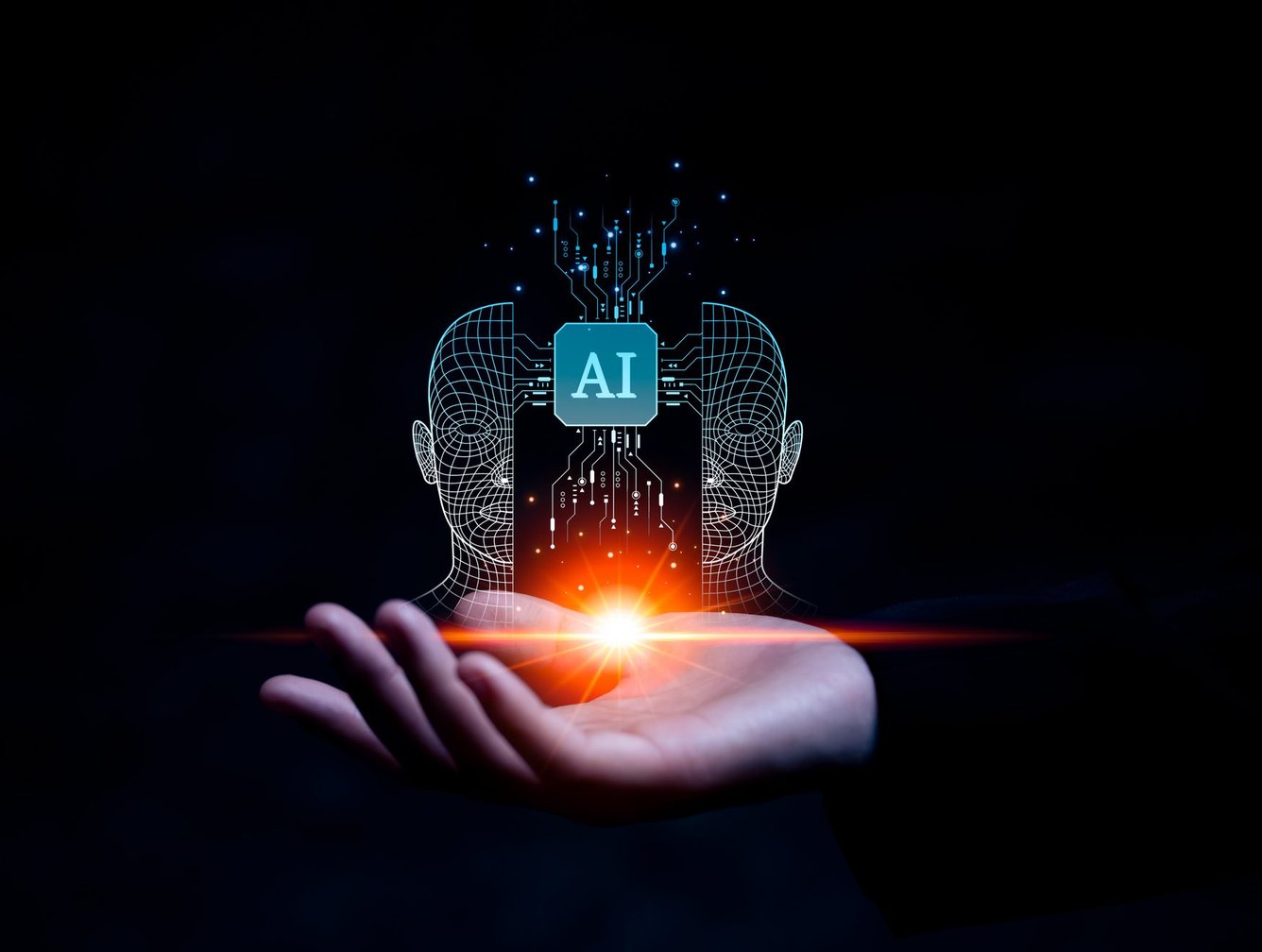The front-end of artificial intelligence is the process of creating interfaces and interactions between users and machines. The goal is to make it easy for users to access information and perform tasks, while also providing a natural and intuitive experience.
When it comes to front-end artificial intelligence, there are many different applications and use cases. However, some of the most common applications include chatbots, voice recognition, and image recognition.
Chatbots are one of the most popular applications of artificial intelligence in the front-end. This is because they provide a natural way for users to interact with a system or website. Voice recognition is another popular application, as it allows users to control a system or website using their voice. Image recognition is also becoming increasingly popular, as it allows users to search for images on a website or app using their camera.
To do front-end AI, designers must first understand the user’s needs and then design an interface that meets those needs. The front-end must be able to handle a variety of input types, including text, voice, images, and gestures. It must also be able to provide output in different forms, such as text, audio, or visuals.
There are many different tools and techniques that can be used to create a front-end for artificial intelligence. Some of the most common include:
User interface (UI) design: This involves creating the graphical elements that users will interact with, such as buttons, menus, and icons.
Interaction design: This focuses on how users will actually interact with the machine, such as through voice commands or touch gestures.
Visual design: This focuses on creating an aesthetically pleasing interface that is easy to use.
Front-end development: This is the process of coding the UI and interaction designs so they can be implemented on a website or app.
There are many examples of front-end AI, but one of the most notable is Google’s AutoDraw. AutoDraw is a great example of how AI can be used to improve the user experience. It is an online drawing tool that uses machine learning to recognize doodles and turn them into professional-looking images.
Another example of front-end AI is Amazon’s Alexa Skills Kit. This is a platform that allows developers to create voice-enabled apps for Amazon’s Echo devices. With the Alexa Skills Kit, developers can tap into the power of artificial intelligence to create more natural and interactive experiences for users.
These are just two examples of how artificial intelligence is being used in the front end to improve the user experience. As AI continues to evolve, we can expect to see even more amazing applications of this technology in the front end.











